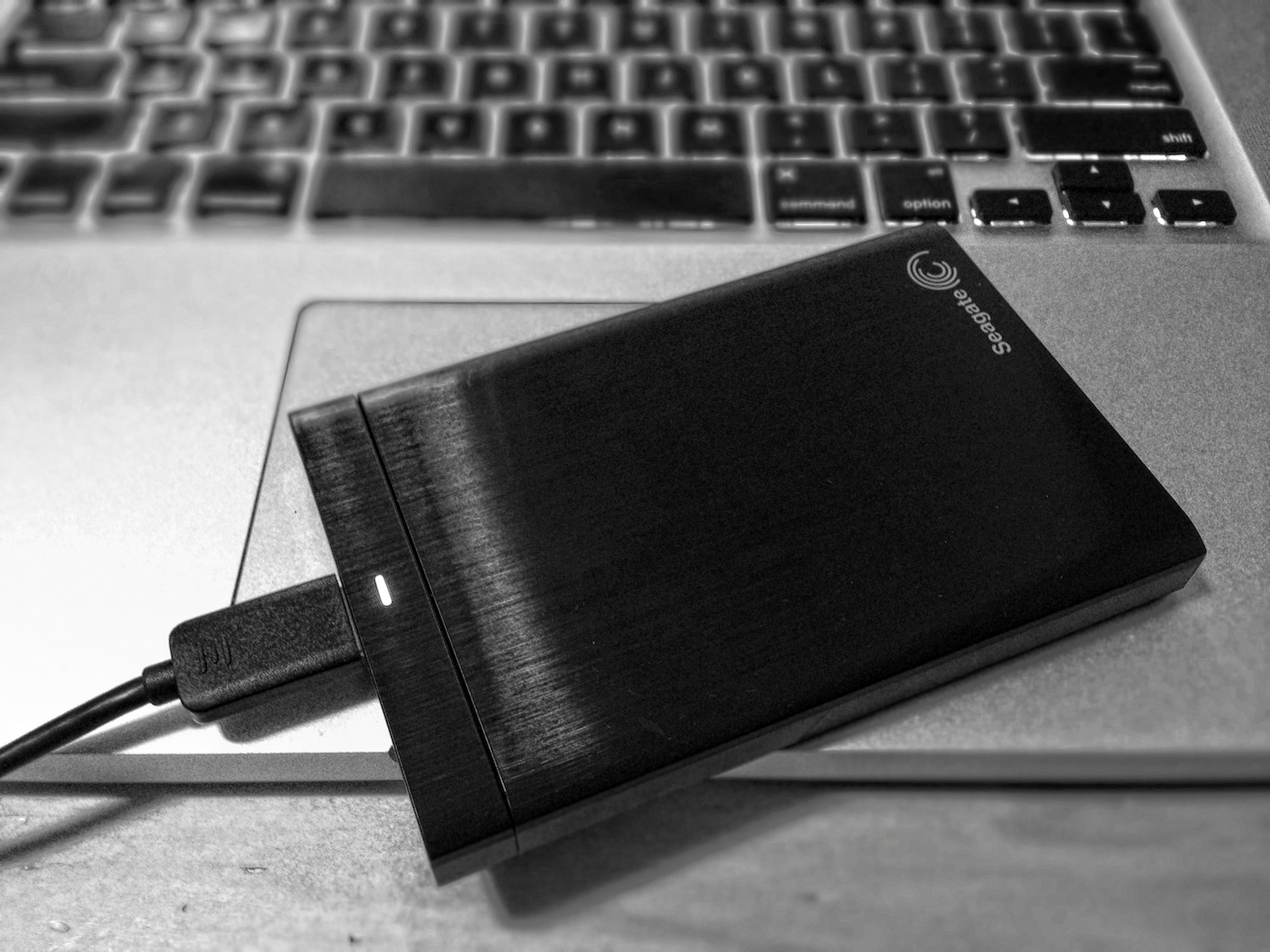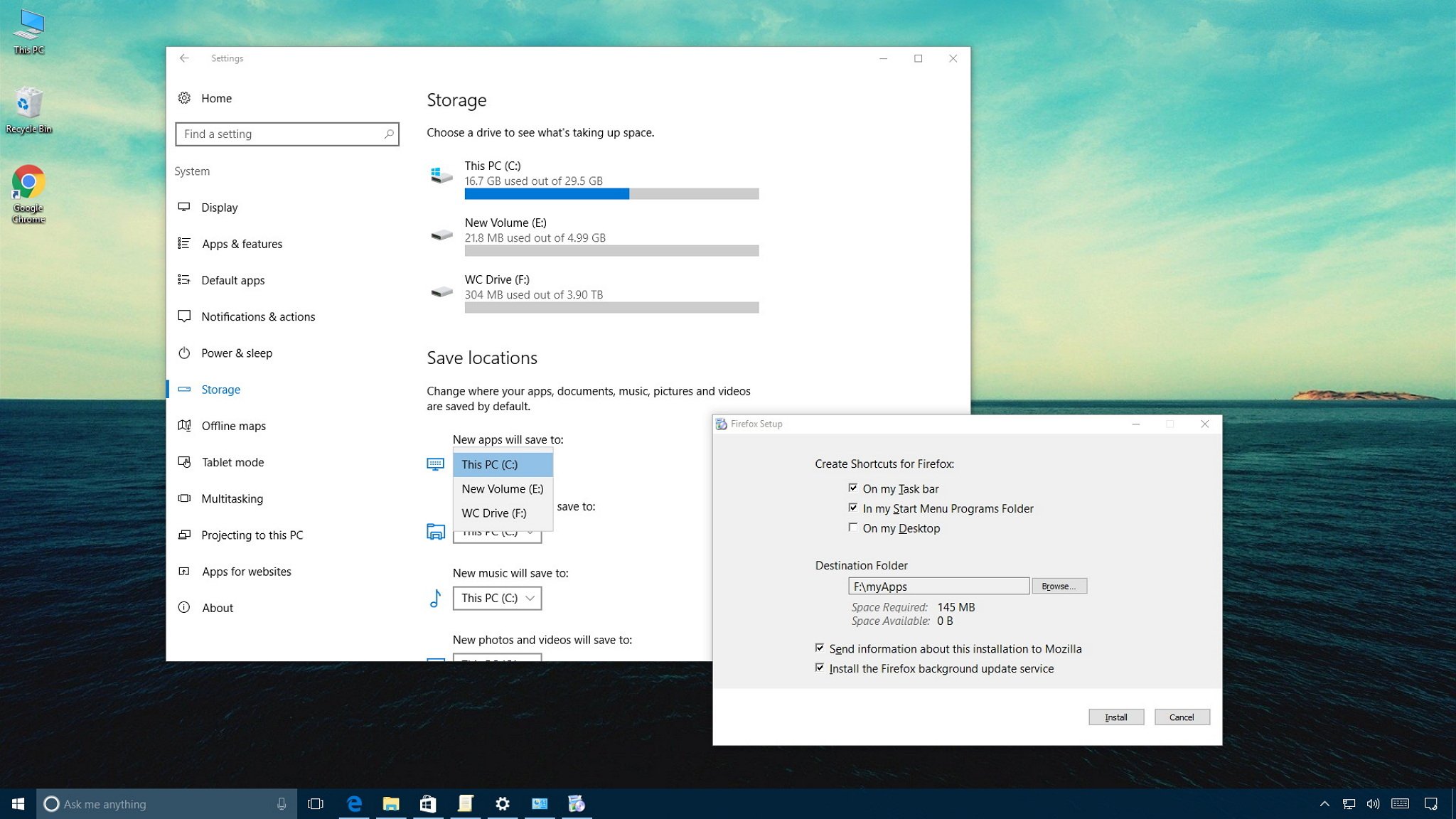Feb 21, 2020 Make life easier How to run your Steam library from an external drive If you game on multiple different PCs at once, then running your Steam library from an external drive could be just what you need. Like Microsoft NTFS, Tuxera's app lets you edit, copy, and delete files on NTFS drive on your Mac. Tuxera NTFS uses smart caching technology to speed up transfers, maintaining a sustained speed as files are moved between your external drive and your Mac. Mar 04, 2017 Absolutely! One of the great things about Mac OS applications is that they are packages. Application.app is a folder. You can right/CTRL click any app and select “show contents” to view all the program files.
I have an iMac with SSD and traditional hard drive. Now the SSD are getting full and I want to move stuff to the traditional hard drive since this i much larger. I have already moved iTunes library.
How can I move applications from the SSD drive to the traditional hard drive ? Eg. I have a photoshop application of about 2,5 gb which would be nice to have on the traditional drive rather than SSD since I don´t use it much.
Should I be careful when moving applications or is it safe ?
Thanks a lot for any input.
—–
Nigel Datta
Hi Again, I’ve started playing sims 4 yesterday on my mac and been launching and downloading Origin and Sims 4 on my external hard drive. I noticed I have a folder named EA (on my external hard drive) and a folder named Electronic Arts (in the local Documents folder). By default, your Mac starts up from its built-in hard disk, but a startup disk can be any storage device that contains an operating system compatible with your Mac. For example, if you install macOS on an internal or external drive, your Mac can recognise that drive as a startup disk. You can then follow the steps in this article to start up.
Your Mac not recognizing an external hard drive can be cause for panic. But try to remain calm — it’s unlikely that anything has happened to your files. All of your data will still be on the hard drive, it just that, for whatever reason, you can’t access it.
Seagate External Hard Drive Mac
Just so that you worry not about losing data, get Disk Drill. Available via Setapp, the app is the best tool that will rescue your files.
Download Disk Drill FreeFortunately, there are ways and means of getting the hard drive back up and running. Let’s get into some of them right now.
Why a flash drive is not showing up on Mac?
Run Apps From External Hard Drive Macbook Air
If you’ve plugged in a flash drive or USB drive and it’s not showing up on your Mac at all, it could be down to a faulty cable or USB port.
Before you try any system troubleshooting tips, start with the basics.
- Check that the drive is probably plugged in.
- Check the USB connector — does it look damaged or misshapen in any way?
- Check the cable — is it frayed or are there any wires exposed?
- If the external hard drive is plugged into a wall outlet, try a different outlet.
- Try a different USB cable — even cables with no visible defects can fail.
- Try connecting the hard drive to a different USB port — it could be a hardware issue.
- Try the drive in another Mac — if it works there, the problem is with the USB ports on your Mac.
- Test the hard drive on a PC — it could be formatted for PCs and not readable on Macs.
- Reboot your Mac — a simple on and off is sometimes all it takes.
- Reboot USB drives by shutting down your system and restarting it, holding Command+Option+P+R as you do. When you hear a sound and see the screen flash, release the keys and let your Mac boot up as usual.
If you’ve carried out visually inspections, tested your hard drive with different cables and power outlets, and tried different systems with no luck, it’s time to put your Mac to work.
1. Change the Finder settings
One of the most common reasons for Mac not recognizing external hard drives is due to the system not being set up to display hard drives on the desktop. There’s a simple fix for this:

- Open a Finder window.
- Go to Preferences > General.
- Check that the External disks option is enabled.
If your Mac is not recognizing a USB or external hard drive after this, you’ll have to try mounting it manually.
2. Mount an external hard drive on Mac
If Mac isn’t automatically recognizing your external hard drive, it’s time to force it to. Connect your hard drive and follow these instructions:
- Go to System Preferences > Disk Utility.
- Check that the external disk is listed in the left sidebar.
- Highlight your hard drive and select Mount. It should now appear under devices in the Finder.
If the hard drive still isn’t playing ball, the next step is First Aid.
3. Run First Aid on an external hard drive
Mac’s built-in First Aid tool is designed to verify and repair a range of issues related to corrupted files and apps, startup issues, and, crucially, external hard drive problems.
If your issue has to do with wanting to know how to open a flash drive on Mac that’s displaying but not allowing you access to files, First Aid might be able to help.
- Go to System Preferences > Disk Utility.
- Highlight your external hard drive and click on First Aid.
- Select Run to start running diagnostics and prompt Mac to automatically fix any issues.
If First Aid is successful in repairing any faults, your hard drive should be available to mount. If not, you’ll need to try the next option.
4. Delete potentially conflicting apps
How recent is the problem? If a flash drive not showing up on Mac was completely fine a few days earlier there could be an app causing conflict. If you’ve downloaded any new apps recently, uninstall them one at a time, connecting your hard drive after each uninstallation to see if the issue is resolved.
You can delete apps using the Launchpad or by dragging them to the Trash, but neither method is recommended in this situation. You see, while an app might appear to be deleted, associated files will be left on your system — files that could be preventing access to your external hard drive.

Instead, let CleanMyMac X take care of it. CleanMyMac X has an Uninstaller tool that can define your installed applications and associated files and remove every trace of an unwanted app.
And it couldn’t be easier to use.
- Download CleanMyMac X (for free).
- Launch the app and select Uninstaller.
- Click on View All Applications and select a recently installed app.
- Click Uninstall.
If you’ve worked through all recently installed apps and are still no further forward, your hard drive may have crashed or, worse, be completely broken. In this case, you’ll need a heavy duty tool like Disk Drill to rescue files.
5. Repair disk permissions
Disk permissions keeps your files secure. Every file and folder has an associated set of permissions. Unfortunately, these can get messed up without you realising it, which can cause serious problems. You can fix these two ways. Either manually, as we mention in this article, or using CleanMyMac X, which is far easier.
All you need to do is:
- Click on Maintenance from the left sidebar menu.
- Check the box next to Repair Disk Permissions.
- Click Run.
The program will scan and fix any it finds that are broken or faulty. Your Mac should be running as good as new.
To prevent an external hard drive not showing up on Mac turning into an all-out disaster, always backup files on your system hard drive and in the cloud. Anytime you use an external drive, unmount the disk properly and store it safely. And finally, use CleanMyMac to uninstall apps and run regular Maintenance on your system to prevent applications conflicting with hard drive performance.